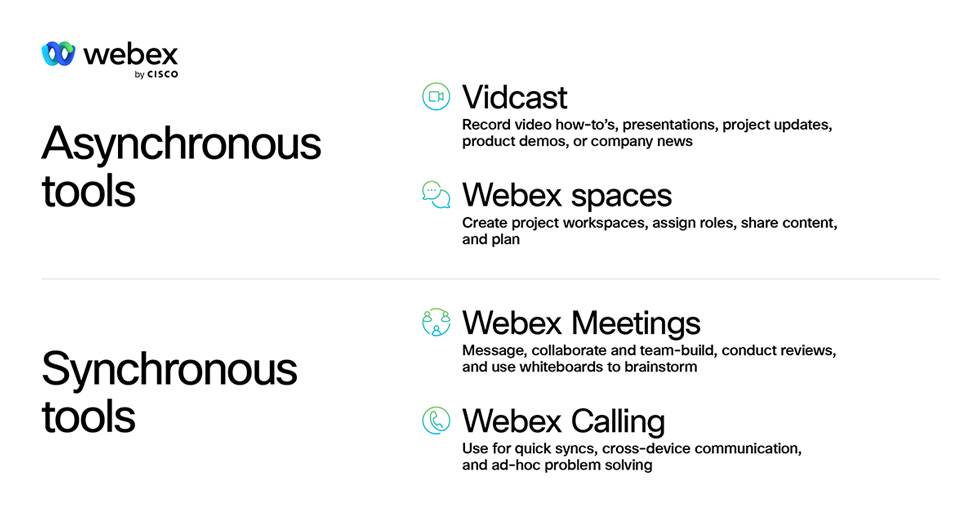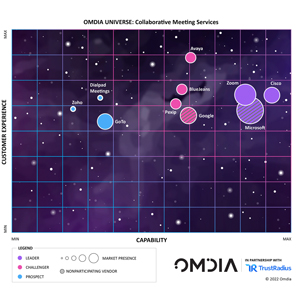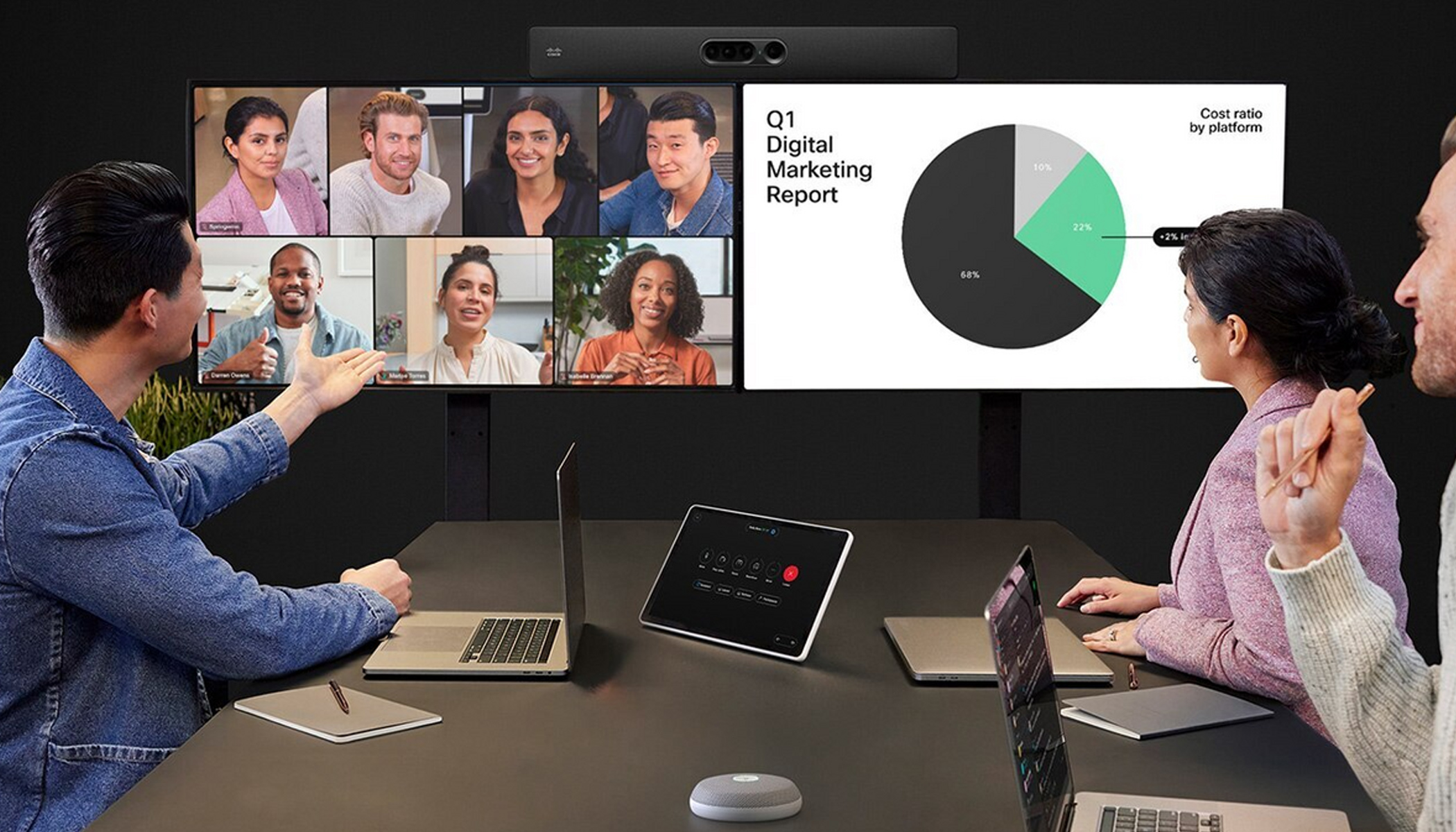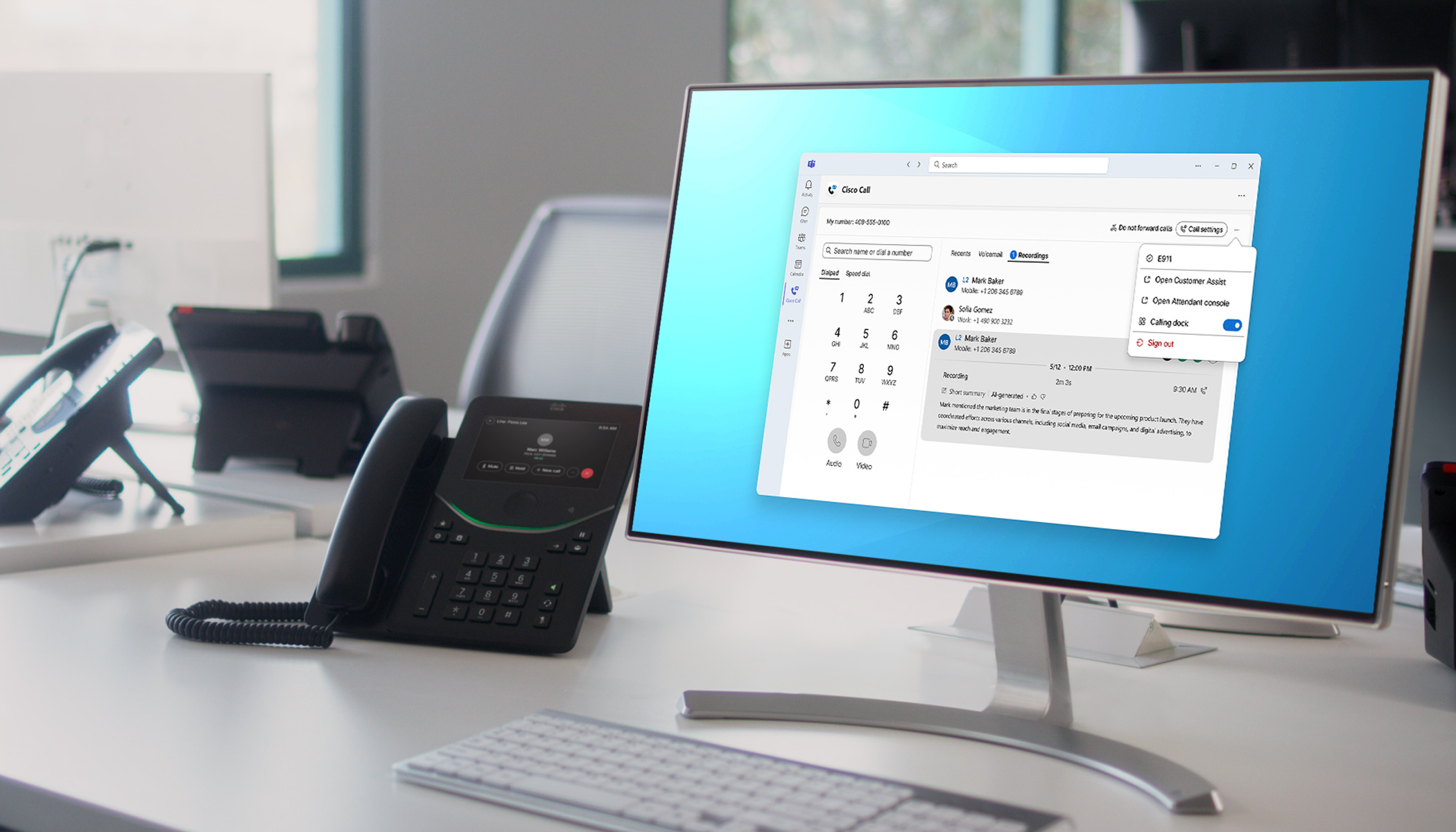Collaboration is the process that drives innovation. And collaboration tools make those magical ideas happen. The combination of the right instruments help to foster and propel the work that matters the most. Best Collaboration Tools For Hybrid Teams
You wouldn’t try to build a house without a hammer. And you shouldn’t try to build a team without the right collaboration tools. But what does your team need and what’s just fluff?
With so many options available it’s easy to overdo it with tools. In these cases of “app fatigue”, individuals can get overwhelmed and check out of using the right tools when they need them. On the flipside, going the minimalist route and only using one form of collaboration software can be limiting and restricting. It can be really difficult to find the right mix of collaboration tools that will support your mission of ultimate team success.
Here are five straightforward tools for collaboration:
Best Collaboration Tools for Teams in 2023
Today’s teams are diverse in makeup and operation—and we don’t think it should be any other way. Your team’s collaboration tools should mirror that same agility.
1. All-inclusive communication platform
The first element to any team’s long-term success is effective and frictionless communication. Members of a team that want to collaborate need to communicate in a way that is seamless and natural, whether they regularly meet in person, work remotely, or operate as a hybrid unit.
Collaboration is a constant thing. It needs air to breathe and a space for individuals to come together. Webex is that space.
Today, having a platform or app with messaging, calling, and video conferencing capabilities is a must. A platform that seamlessly integrates with other business apps and delivers inclusive features is even better. The Webex App and Webex Suite ensure every person has a seat at the table.
Webex collaboration features:
- Cloud calling – A complete cloud phone system with advanced enterprise-grade calling features that scale to any size organization.
- Messaging – Message directly, create spaces for multiple team members to message in real time, plus features like file-sharing and co-creation help you collaborate any way you want.
- Video conferencing – Collaborate in real time from anywhere with virtual meetings powered by industry-leading features, including noise removal, HD video and audio, real-time translation, live polling, digital whiteboarding, and more.
- Events – A single platform to host and manage virtual, hybrid and in-person events across the entire event lifecycle.
- Integrations – Webex integrates with hundreds of industry-leading apps and tools to reduce context switching and streamline collaboration.
2. Project management software
While seamless collaboration will get a team going, you’ll need to keep all of those ideas and innovations organized and moving forward. Because Webex integrates with many industry-leading project management apps, you can help keep hybrid teams on task and productive—ensuring nothing gets lost along the way.
Some of our most-loved integrated PM apps include:
- Asana – Leverage Asana features via speech and text for real-time project management and operational visibility.
- Jira – The Jira Cloud bot allows teams to plan, track, and manage work. This app simplifies the way you track issues and build new workflows and features.
- Trello – Real-time notifications from the Trello bot lets every member of the team stay in the know. Easily update and create new Trello Cards and Lists directly from Webex.
- Basecamp – Increase project accountability, communicate with your team efficiently, and meet every deadline with instant updates from the Basecamp bot for Webex.
3. Cloud-based document sharing
While it’s best to keep your team’s heads out of the clouds, there’s nothing we like more than using that freed up space for documents, sheets, presentations, image drives—the list goes on and on. The benefit of using cloud-based document platforms is that it allows for both synchronous and asynchronous collaboration.

Whether teams prefer to problem-solve in real time or handle projects on their own time, the flexibility Webex provides by integrating with so many collaboration tools is invaluable. To allow all your team members to optimize their unique work styles, you can integrate Google Drive with Webex, as well as other popular doc management apps.
4. Innovative hardware
Software and apps are essential, but let’s not forget about the collaboration devices available today that are designed to help drive team success.
In the era of hybrid work, it’s important to equip all workers and workspaces—remote, hybrid, and in-office—with collaboration devices that offer flexibility and intelligence for the environment. For HQ, that may mean devices designed for hot desking, conference rooms, or jump rooms. For remote workspaces, it may mean desk cameras with HD audio and video or headsets with intelligent noise cancellation and noise isolation features.

Check out our most popular devices for collaboration:
- Desk series – Use the Desk Hub to integrate into your existing setup, or choose between a 15-inch, 24-inch or 27-inch Desk device to use as a monitor. The Desk can replace your IP phone, monitor, speakers and more.
- Cameras – Enjoy up to 4K Ultra HD video with intelligent webcams that support meetings on any platform. (Watch on Youtube)
- Headsets – A range of single-ear and dual-ear models, plus wired and wireless options with intelligent features for any work style. (Watch on Youtube)
- Boards series – An all-in-one touch device for video conferencing, digital whiteboarding and team collaboration. (Watch on Youtube)
- Conference video bars – From unified room systems to collaboration bars and immersive meeting endpoints, this is you everything you need to excel in video conferencing. (Watch on Youtube)
5. Refined soft skills
Coming fresh off of hardware, it’s important to remember soft skills, too. They aren’t tools you can purchase, but they can be developed. That’s why any sort of individual or team training on the subject will benefit your end goals tenfold.
Soft skills are the skills that enable you to empathize and connect with other members of your team. Soft skills include:
Interpersonal skills
Being able to navigate different personalities and workstyles is crucial for cross-functional projects. And, having the wherewithal to understand where you fit in as a collaborator—you may be more organizational, creative, or leadership-driven—makes it easier to be a working piece in the collaborative puzzle.
Communication skills
While communication may feel like an innate skill, there are many intricacies. From listening to understand (rather than listening to respond) and being mindful of cultural differences to providing feedback thoughtfully and receiving feedback professionally, communication is a skill we can perpetually hone.
Creative skills
Thinking on the fly. Thinking outside of the box. Looking for that elusively simple way to get from point A to point B. Creative skills also aren’t necessarily innate—really it’s about finding what inspires you, what gets you excited to do things, and working to apply them to everyday tasks and problems. Finding time for focus work, giving yourself space to ideate, and discovering new angles of thought are key to honing your creativity.
Problem-solving skills
Many soft skills inform and support others. Problem-solving goes hand-in-hand with creativity and communication, but brings in those other key attributes to get projects done in a timely manner. Being persistent in person-to-person and team negotiation, finding viable alternatives, championing analytics to make decisions, and taking the most pragmatic route to final delivery are just some of the avenues the best problem solvers take.
Organizational skills
The organizationally inclined typically do a little bit of everything. They have a knack for solving problems efficiently. They see initiatives both from a bird’s eye view and at ground level. They understand timing, the strengths of each collaborator, and lend a calmness and decisiveness to the process.
There are also training sessions that can help a team’s collaboration skills. And, you can discover tips and strategies for team collaboration here.
How to find the best collaboration tools for hybrid work
It’s not as complicated as you might think! The biggest thing is working with the people who rely on collaboration tools to find out what they prioritize most in their day-to-day workflows. You also want to coordinate with your organization’s IT, HR, and operations leads, as well as any other stakeholders who can offer broader perspective’s than individual employees.
By taking stock of pros and cons on an individual and organizational level, you’ll be able to build a comprehensive list of collaboration tools that meet your company’s priorities.
To learn more about achieving more harmonious collaboration in today’s work environment, check out the latest report from Omdia below.
Omdia Names Webex as a Leader in Collaborative Meetings
Download the Omdia Universe report to learn how Webex’s advanced capabilities deliver value to enterprise organizations looking to unify their communication and collaboration needs.






